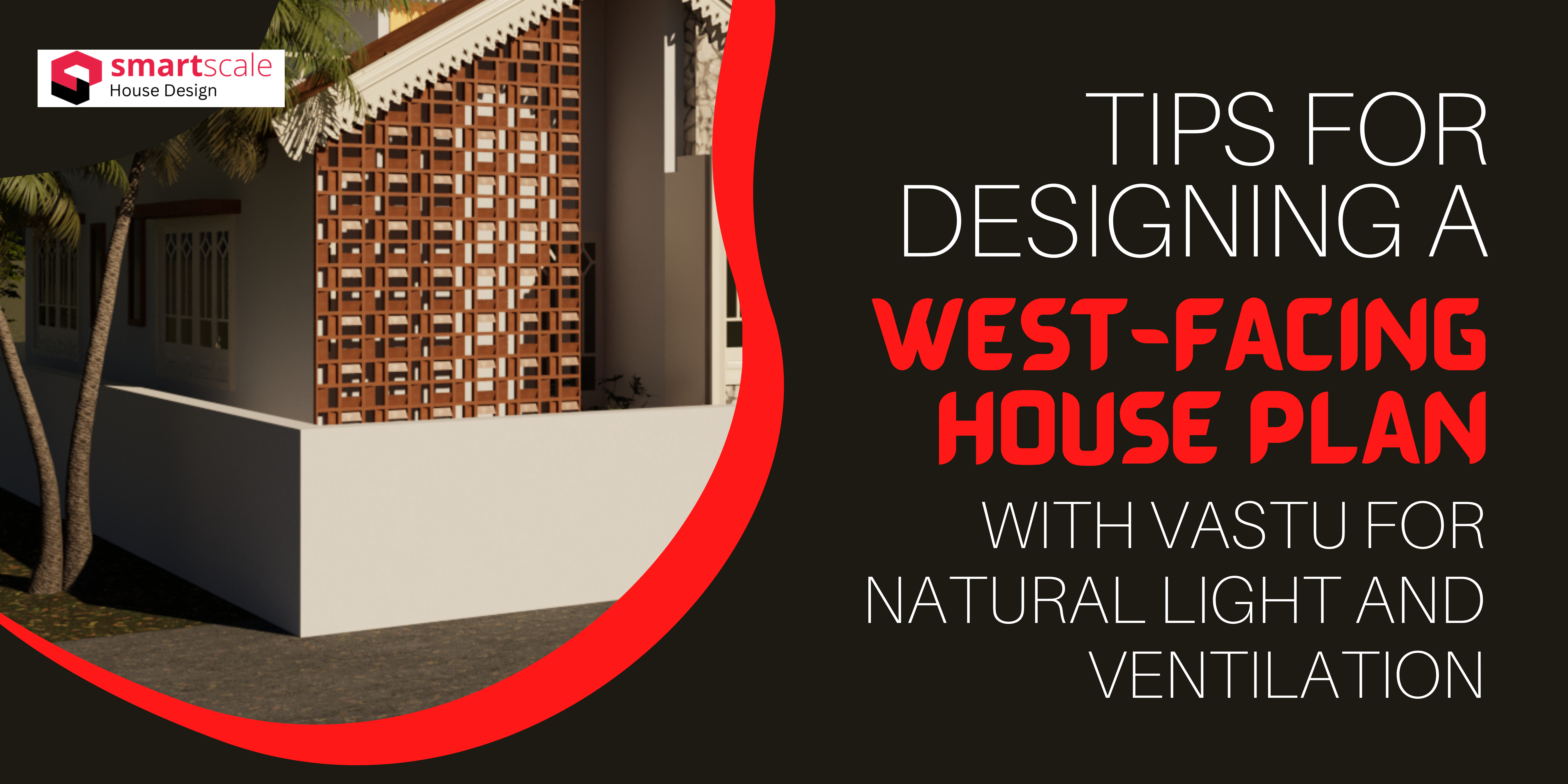Are you ready to design a house that will have your neighbours envious of your West-facing window placement and natural light?
Today, we are going to discuss how to incorporate the principles of Vastu into the design of a west-facing house plan with vastu so that it not only allows you to enjoy the benefits of natural light and ventilation but also helps you maintain a comfortable body temperature. Grab a refreshing drink, because we’re about to embark on a journey into the amazing world of Vastu and architectural design by the best interior designer in Mumbai.
Importance of West-facing house plan with Vastu for natural light and ventilation
The natural energy and components are emphasised in a vastu house plan with a westward orientation. According to vastu for home plan, Saturn, the planet of discipline, hard work, and stability, rules the West direction. Therefore, it is considered that a West-facing floor plan will encourage these traits in its inhabitants.
In addition, those in business, politics, or the law may benefit from a West-facing floor plan because it is said to improve their leadership and decision-making skills. However, due to the intense afternoon sun and heat, building a West-facing house layout can be difficult.
Therefore, vastu for home plan suggests particular architectural guidelines to maximise natural light and ventilation in the home and to lessen the impact of the hot afternoon sun. By adhering to these vastu for home plan guidelines, you may design a West-facing home that not only works in harmony with nature but is also a pleasant and relaxing place to spend your days.
Those who seek to incorporate the principles of vastu house plan into the design of their homes may find that a house plan with a west-facing orientation is an excellent choice. However, due to the intense heat and sunlight of the afternoon, building a house with a west-facing orientation can be difficult. Here are some suggestions to help maximise the amount of natural light and ventilation in a house plan design that faces west, while also ensuring that it adheres to the principles of Vastu:
Make the most of window placement to your advantage: It is essential, while planning the layout of a home with a west-facing orientation, to position windows in such a manner as to maximise the amount of natural light while simultaneously decreasing the amount of heat acquired from the sun. One choice to take into consideration is installing windows on the north or south side of the house because doing so can help to bring in natural light without exposing the property to the potentially destructive effects of direct sunshine. In addition, you can reduce the amount of heat that enters the house by installing windows that have reflective glass or coatings that are tinted. This can be done in a couple of different ways.
Include components that provide shade and vegetation: A house plan design that faces west and incorporates trees and other types of vegetation can be an effective way to create shade and to take advantage of natural cooling in the summertime. The suffocating heat of the afternoon sun can be alleviated to some degree by planting trees or bushes in strategic positions, which also has the additional benefit of improving the air quality in the immediate vicinity of the residence. In a similar vein, the installation of outside shading components such as pergolas or awnings can be an efficient technique of providing shade and lowering heat gain within the house.
Optimise ventilation: It is especially important to have sufficient ventilation in floor plans that face west if you want to be able to keep the temperature in your house plan design at a comfortable level. In order to accomplish the goal of cross-ventilation in a house, windows should be positioned on different sides of the building. This is one method that can be used to improve ventilation. This may help to create a natural flow of air, which in turn helps to contribute to the cooling effect that the house has. Installing fans and other forms of ventilation equipment, such as evaporative coolers, is another thing you can do to assist with the circulation of air around the house.
Make sure that the materials and colours you choose are appropriate for the west-facing house layout you have chosen. Your choice of building supplies and wall colours for the west-facing side of your house plan can also have an effect on the amount of natural light and ventilation that enters your home. Because white and other brighter colours and materials, like marble, can help to reflect heat and light, the interior of the home can stay cooler as a result. In addition, the utilisation of natural materials such as stone or wood can help contribute to the enhancement of the air quality within a structure as well as the regulation of the temperature.
By adhering to these guidelines by an online architect for your house design, you will be able to design a home with a west-facing orientation that is in harmony with the principles of Vastu and that makes the most of the natural light and ventilation. A home floor plan that faces west can still provide a pleasant and harmonious living atmosphere if the correct design features are used.
In conclusion, using a west-facing house plan with vastu to create a house plan with a west-facing orientation in order to maximise the amount of natural light and ventilation in the home involves considerable consideration and preparation. The key to establishing a pleasant living environment that is also in accordance with the principles of the vastu house plan is to maximise the amount of natural light and ventilation while simultaneously minimising the amount of heat gain. Incorporating aspects that provide shading, maximising ventilation, and selecting the appropriate materials and colours are all key considerations to make when building a house plan with a west-facing orientation that strikes a balance between the principles of Vastu and the requirements of utility and comfort. A home floor plan that faces west has the potential to be a harmonious and tranquil place to live for many years to come if certain design components are included.








